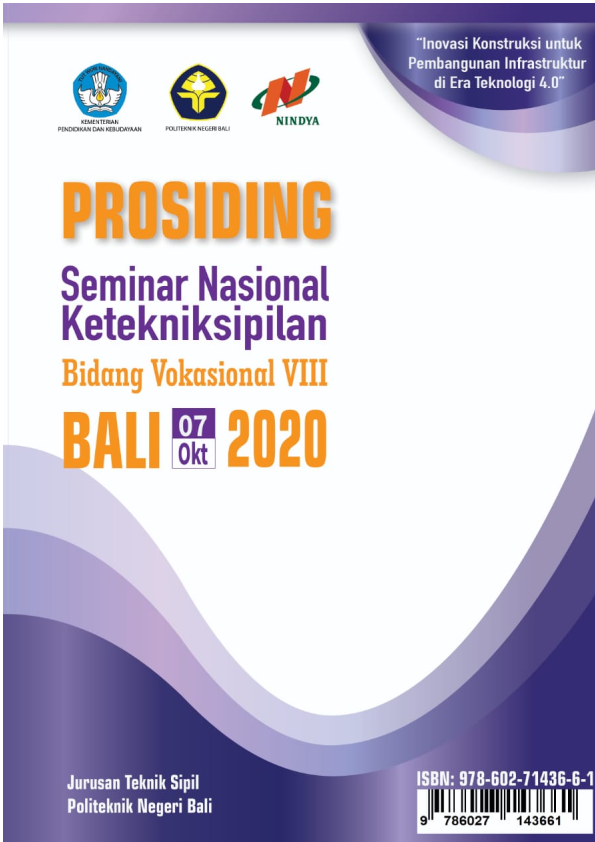IDENTIFIKASI DAN PENILAIAN RISIKO K3 PADA PEKERJAAN ARSITEKTUR PROYEK KONSTRUKSI GEDUNG
Abstract
This research was conducted on a development project that carried out structural and
architectural work. This research method begins with risk identification through interviews
with parties involved in implementing K3 in the field. Followed by conducting an
assessment of risk based on respondents' answers from the questionnaire. Mitigation is
carried out in high-risk jobs. The results of the research were there were 36 risks that were
at priority level 1 which caused the impact of death and permanent injury, priority level 2
as many as 20 risks that were included in the moderate category, and priority level 3 as
many as 26 risks that were included in the low and mild category. The order of priority of
work that must be controlled is wall work and basement floor plate work, roof work, wall
work, structural wall and column work, foundation and floor reinforced concrete
structures, railing work, swimming pool structures, ceiling work, and window door work. .
These risks are controlled by means of TBM (tools box meeting), APK (adjusting work
position, placing materials and tools, installing signs), applying for work permits, using
PPE (helmet, shoes, safety belt, gloves, masks).


